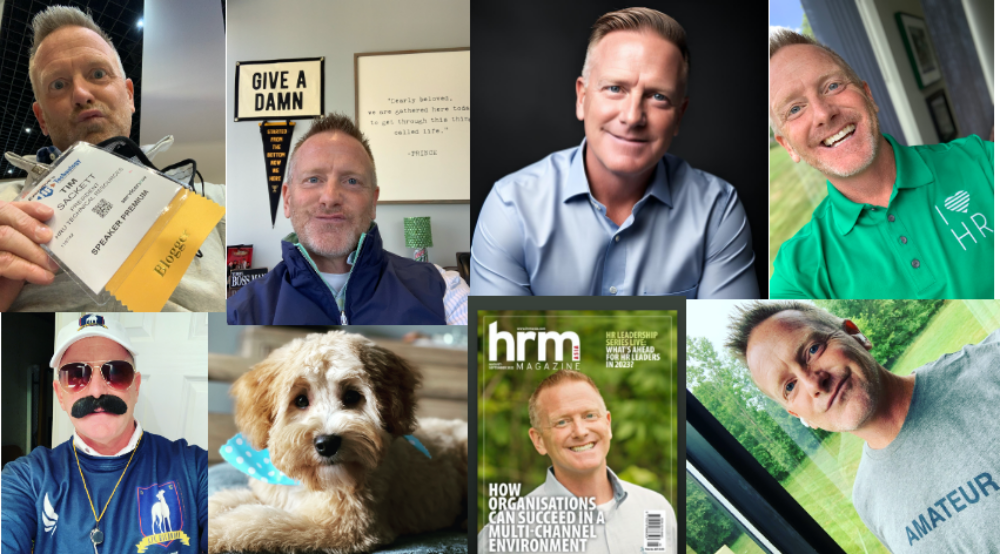I’ve been known to rail against the man (SHRM) once in a while. I only do it, because I care. If I didn’t care about my professional organization, I could really care less how bad they come off, or the bad decisions they make. When they decided to ditch HRCI and bring HR certification in house, I thought they butchered the communication. Maybe one of the worst rollouts I’ve ever seen by a professional organization.
I also thought, though, that it was a smart business decision. Why let HRCI rake in all the dough, when you can do it just as well yourself. In fact, I wish they would have just come out and said that, originally. We don’t see any reason why as stewards of our business, we should give all this cash to some other organization. I would have loved that!
So, at the time of that announcement, in May 2014, SHRM was going to force all HRCI certified members to pay and take the new SHRM certification. This made complete sense if SHRM was doing what they said they were doing, which was to create a ‘new’ assessment of HR based on competency, because that’s what was really needed for the profession. I was cool with that, but I wasn’t going to pay and take another test. I’ve reached a point in my career where I don’t need letters after my name to prove my proficiency. So, I was riding the HRCI train until it ended.
‘Surprisingly’ SHRM changed direction last week and created a new pathway for already certified HRCI members to gain the new SHRM certification by following a simple process that takes about an hour, and costs nothing. Again, brilliant, now no one really has any reason not to get the new SHRM certification, and convert over. It’s what they should have done originally, but they couldn’t because they were trying to keep up the illusion they needed a new and improved certification, not just a money grab. Thankfully, someone came to their senses, and grabbed the money!
All of that being said, here are the 5 reasons I decided to get my SHRM Sr. Certified Professional certification:
1. We all hate conflict, and I wasn’t picking sides in some fight over money. SHRM is my professional organization. HRCI is basically a testing center. I’ll stick with SHRM.
2. No one knows HRCI. Everyone knows SHRM. Let’s get real for a second, up until May most people thought HRCI was a department within SHRM. No one had any idea they were a separate company, unless you were deeply involved in SHRM. Outside our industry, no one knows HRCI. SHRM is a brand for HR.
3. Ultimately, SHRM is right. Competencies assessments are better than knowledge based assessments. Anyone can memorize answers. It takes critical thinking to answer competency based assessments correctly.
4. It was free! I wasn’t going to pay a dime to get SHRM certified and tested. Well, maybe a dime, but not a quarter.
5. It’s hard being a pimp. Running a professional organization like SHRM and getting everyone to move in one direction, is tough! I want HR to move forward. SHRM has an advantage because of its size and scope to make this happen. Ultimately, I love the career I chose and want to see the function move forward and not fractured.
Does Hank and the crew still need to get their shit together? Yes. A first year communications student could have launched the new SHRM cert better. It’s a common issue that crops up for SHRM continually, and obviously is a blind spot. They need to fix that. You don’t need more opinions on how it should be communicated, and more input. You just need to get the right input.
Not getting this right, the first time, made our industry look like a bunch of idiots, “same old HR”. SHRM has to do better moving forward.
Now, go get your SHRM certification, you would be silly not to.
